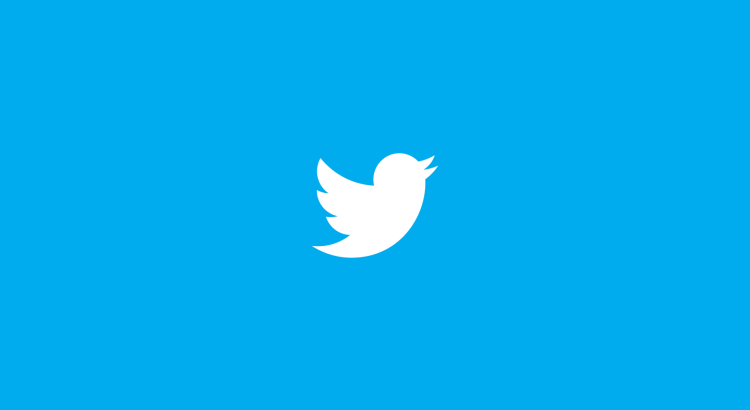
Photo Credit: Google Images
When it comes to contagious diseases like the coronavirus, social media can be much more than just a source of the latest rumors and memes – it can also be a valuable resource for health professionals and government officials as they look for clues as to where they need to allocate the most resources. Simply by tracking certain keywords, for example, they can predict where the disease might hit next. While public health reports and official government data continue to be the most reliable source of data, the fact remains that these traditional means for tracking communicable diseases are still too slow and too cumbersome for fast-moving, unpredictable diseases like COVID-19.
Two decades of tracking contagious diseases via social media
This newfound focus on tapping into all the unstructured data hidden within social media in order to fight communicable diseases actually has a past history dating back to 2002. Back then, the worldwide health concern was the outbreak of the deadly SARS virus, and researchers at the Global Public Health Intelligence Network decided to tap into the Twitter data stream to see where potential cases might be appearing next. Keywords that indicate a communicable disease – such as a quick tweet about a nasty cough that just won’t seem to go away – could actually be the proverbial “canary in the coal mine,” warning researchers and public health professionals that a certain geographic region might be next.
And that’s not the only case when social media acted as a sort of early warning system for public health. During the flare-up of the Ebola crisis in 2014, researchers also rushed to mine health data from social media. What they discovered was that there is actually a vast amount of data available in real-time on the Internet, all at minimal cost. With the right algorithms in place, there’s very little need for researchers to waste hours, if not weeks, pouring over all the data. They can simply let machines do all the heavy lifting.
What’s different this time around
There are several key factors at work here. One, of course, is the rise of AI and machine learning. This makes the whole process of looking for the needle in the haystack somewhat trivial. Once you’ve trained a machine how to spot the outset of a communicable disease, it might be able to do so much faster than conventional sources. Who knows, maybe Italy might have been able to act much quicker ahead of the completely unexpected spread of the coronavirus from Asia to Europe, if public health professionals had been tracking Twitter?
Another key factor here is the shift to mobile. It has become much easier now for researchers to pair GPS data with information or data you might be leaving on social media. We take our mobile phones with us wherever we go, and researchers have already taken advantage of this fact to map out cases of food poisoning. If you’re tweeting from a restaurant, and then complaining about symptoms of food poisoning a few hours later, that’s valuable information for public health professionals to have.
A world of 24/7 health tracking
In the future, the ability to tap into the social media data stream might take the next step once more people agree to share a constant, 24/7, 365-day per year data stream from their fitness trackers and other wearable devices. Once your body has been hooked up to the Internet of Things, health professionals might be able to spot warning signs of a communicable disease – such as a rising body temperature indicative of a fever – much faster than you can even share that data on Twitter. But here’s the big question: How much access are you willing to give the government to your private health data, even if it means avoiding the next big contagion?